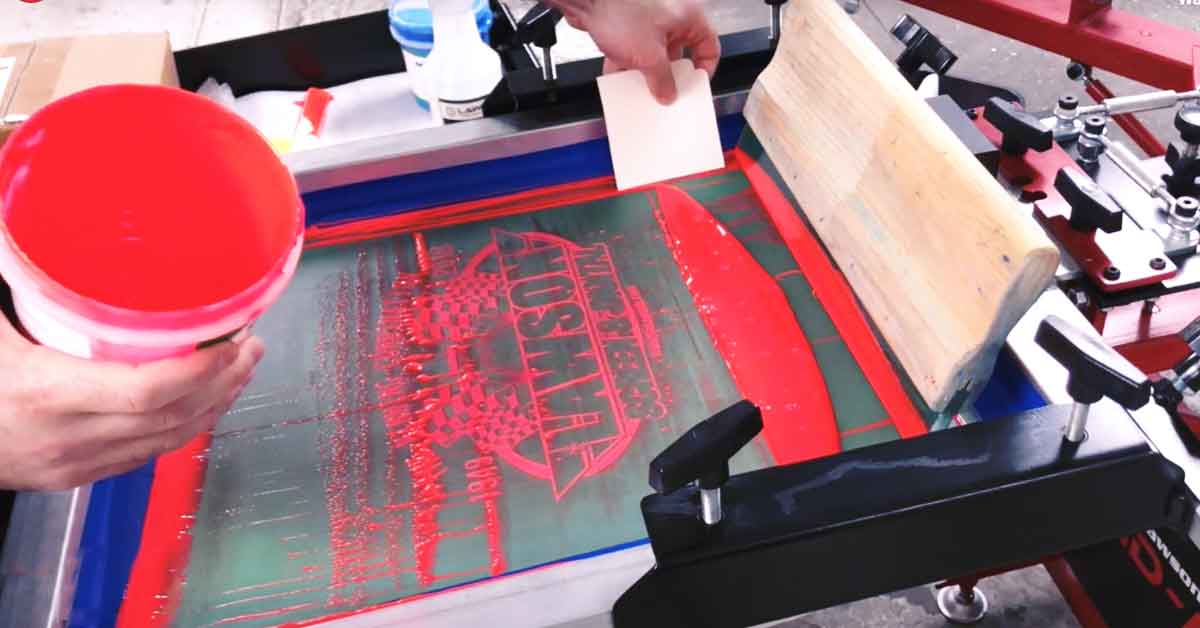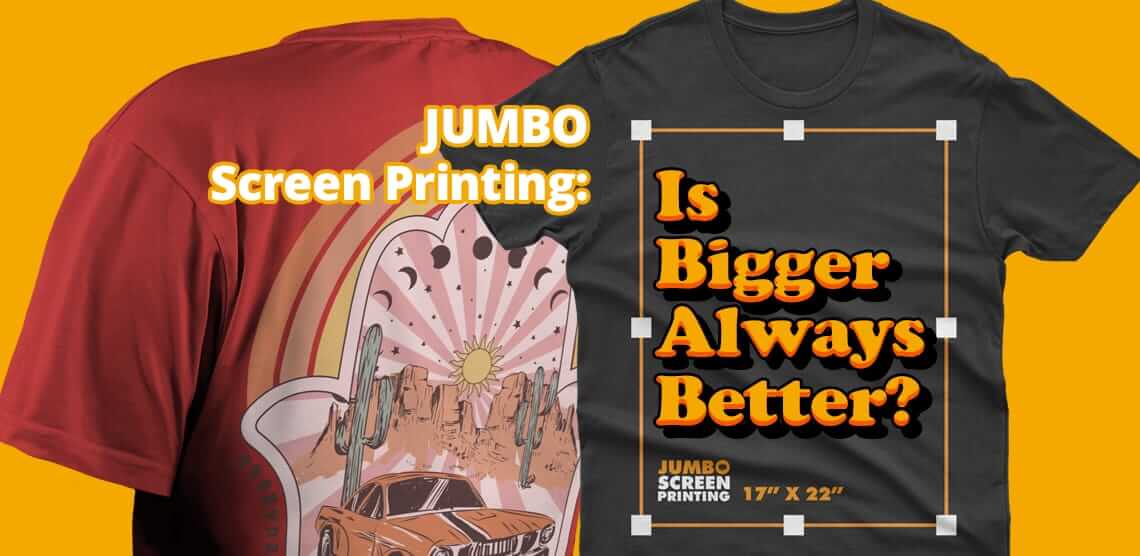Our Tx Tees Diaries
Our Tx Tees Diaries
Blog Article
The 2-Minute Rule for Tx Tees
Table of ContentsRumored Buzz on Tx TeesThe Main Principles Of Tx Tees The 2-Minute Rule for Tx TeesSome Of Tx TeesTx Tees Fundamentals ExplainedExcitement About Tx TeesTx Tees Things To Know Before You Buy
That brings your total amount to approximately $1,900 prior to tax obligation and shipping. Accumulate other prices, like the variety of utilities it takes to run the store and the expense of ink and emulsion per layout. custom t-shirt design. Take the print below for instance. This is a one-color photo, so the expense of ink per t-shirt is around 20 cents.The solution ought to only be a few cents given that you 'd only require to layer one display for this work. Generally, printers attempt to make up to 45% earnings on a print job.

With DTF, you can print a handful of shirts, or just one. Use the very same calculator as the section above to compute just how much earnings you 'd make utilizing DTF transfers. Compare the costs and profits to whichever method talks finest to your arrangement and procedure. Both screen printing and DTF have their niches in the world.
Excitement About Tx Tees
The very best way to recognize? Ask around and see what print stores like yours are doing. custom monograming. Try both out and see which you like better
When you're picking what sort of printing technique to utilize for publishing your artwork designs on your garments, it is necessary that you recognize the distinctions in between these 2 techniques so you can optimize results while reducing costs. Display printing is one of the most generally made use of method for publishing designs on textiles.
DTG printing is likewise referred to as area or straight to garment printing because it publishes only what is needed rather of making a screen as screen printers do. https://triberr.com/txtees02. Screen printing functions by display filler squeegee display printing ink display mesh screen, then transferring the image to garment using heat and/or pressure
The DTG printer utilizes unique dye-sublimation inks that are used right into a pre-designed image by an electronic printing system. The inks enter into the textile, enabling dynamic shades and outstanding detail. It's likewise known as spot or straight to garment printing since it publishes only what is needed rather of making a screen as display printers do.
About Tx Tees
It's much faster - you can print a fullcolor photo in minutes, as opposed to hours for screen printing. Second, there's no established up time or prices included - you can print any layout you like, without having to produce a display first. Third, there's no waste - since display printers screen print one style at once, they have to evaluate each shade independently.
The paper is really pricey and can just be made use of as soon as. Once it's published on, it needs to be discarded. - The initial purchase price is less than the in advance financial investment of DTG printers- You can print multi-color styles one screen at once as opposed to needing to print each shade separately like DTG printing.

9 Simple Techniques For Tx Tees
Instead of utilizing screen mesh as screen printers do, color sublimation printers make use of laser technology to transfer your pictures onto garments or paper. A heat procedure moves the dye from its solid-state directly right into the gas stage which subsequently merges it onto fabric substrates when they are swiftly heated up to high temperature levels under high stress.
Sublimation printing is environment-friendly. It uses less water than screenprinting, and due to the fact that it does not involve the use of dangerous solvents, it's safe for all types of clothing. The color sublimation inks are additionally odorless when healed, unlike screen printers that make use of damaging chemicals throughout the screen printing process that leave an unpleasant smell.
They additionally conserve cash on costly devices like direct exposure units considering that dye sublimation printers don't call for a UV direct exposure device or a flash treatment oven that is usually utilized in display printing (custom t-shirt design). What is direct to garment printing (DTG Printing)? DTG printing is an electronic screenprinting procedure that publishes straight onto material utilizing specialized inkjet printers
Fascination About Tx Tees
DTG printing uses numerous benefits over standard screenprinting, consisting of the ability to publish photo high quality pictures, greater color vibrancy, and the capacity to publish designs on darker textiles. DTG printers function by warming the textile ink up until it becomes a gas. The gas after that permeates the textile, bonding with the fibers to develop a long-term print.

Screen printers just prepare their screen then begin printing until they run out of product or ink.- There is a large range of skilled screen printers all over the globe, which can be helpful for beginners. - It's a slower process - display printers often need to wait on the ink to completely dry before they can publish the following color- Screen printers require manual work, so there's a higher knowing contour and it takes longer to generate a high-grade layout- Screen printing isn't as accurate as DTG printing, so you might get some "bleeding" of shades from one component of the photo onto another otherwise done appropriately.
The Tx Tees Statements
Rather of using display mesh as screen printers do, color sublimation printers use laser modern technology to transfer your photos onto garments or paper. A warm procedure transfers the color from its solid-state straight into the gas stage which consequently merges it onto fabric substrates when they are swiftly heated to high temperature levels under high pressure.
Sublimation printing is green. It utilizes much less water than screenprinting, and because it doesn't entail using harmful solvents, it's risk-free for all kinds of garments. The dye sublimation inks are additionally odor free when healed, unlike display printers top article that use hazardous chemicals throughout the screen printing process that leave behind an undesirable smell.
They additionally save money on expensive tools like direct exposure devices considering that color sublimation printers do not call for a UV exposure unit or a flash cure stove that is typically used in screen printing. What is direct to garment printing (DTG Printing)? DTG printing is a digital screenprinting procedure that prints directly onto material using specialized inkjet printers.
The Buzz on Tx Tees
DTG printing supplies numerous benefits over standard screenprinting, including the capacity to print photographic quality photos, better shade vibrancy, and the capacity to publish styles on darker fabrics. DTG printers work by warming the fabric ink till it becomes a gas. The gas then permeates the textile, bonding with the fibers to develop an irreversible print.
Report this page